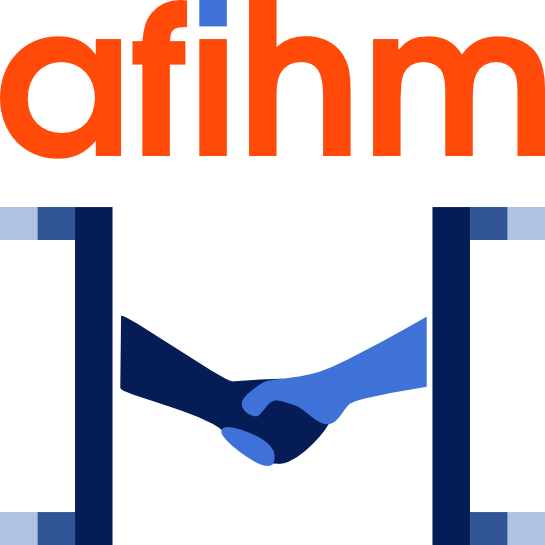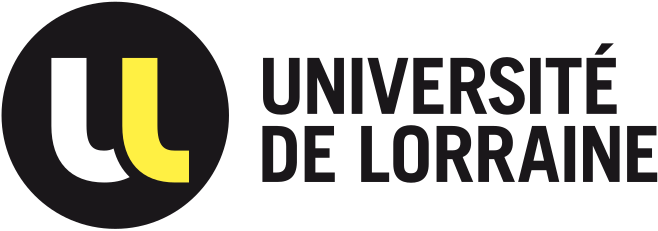
Copyright : S. Fleck - Projet e-Tac, 2019
Due to the current health context,
IHM'20•21 conference will take place exclusively online
More details to come...
Previously planned from October 20 to 23, 2020, the 32nd Francophone Conference on Human-Computer Interaction will take place in Metz from April 13 to 16, 2021.
The IHM conference is supported by the Association Francophone d'Interaction Homme-Machine (AFIHM). It is the privileged place for exchanges on the latest advances in Research, Development and Innovation in Human-Computer Interaction.
This year, "Interaction, Design and Children" are the special themes of the conference, placing the future edition under the sign of interdisciplinarity and creativity.
The PERSEUS, Crem et LCOMS laboratories of the University of Lorraine are happy to welcome you in large numbers for an HMI'20 that we hope will be participatory.
To launch this edition, a hackathon whose challenges will be proposed to you by the children will be held from the first day.
IHM'20 will be a place of exchange between the different actors of interdisciplinary research in Human-Computer Interaction...
- to encourage the participation of young researchers by supporting them to be able to come.
- to increase the links between laboratories and companies, especially local ones, around HCI issues.
- to encourage multidisciplinary works.
- to promote the field of Human-Computer Interaction and to forge a strong link with the rest of the community in Human-Computer Interaction.
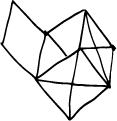
Call for papers
We invite you to submit your completed or ongoing work, to offer and / or participate in workshops and interactive demonstrations .
Doctoral meetings will be set up to allow students to present their work and exchange with members of the community.
All the themes of Human-Computer Interaction are expected ; however, this year we wish to promote research focused on the design, development and use of interactive technologies for children. We particularly encourage work in design and in human and social sciences.

Partners & Sponsors
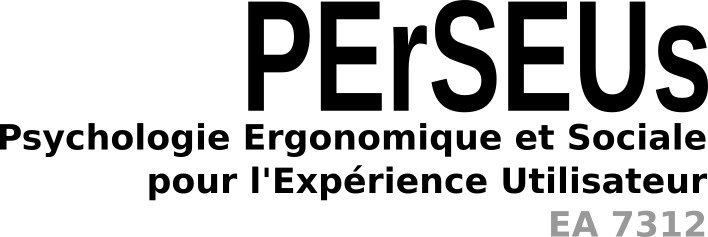



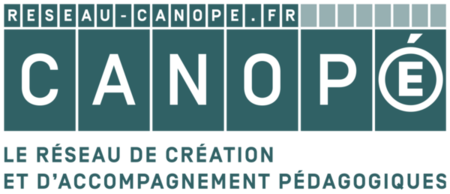

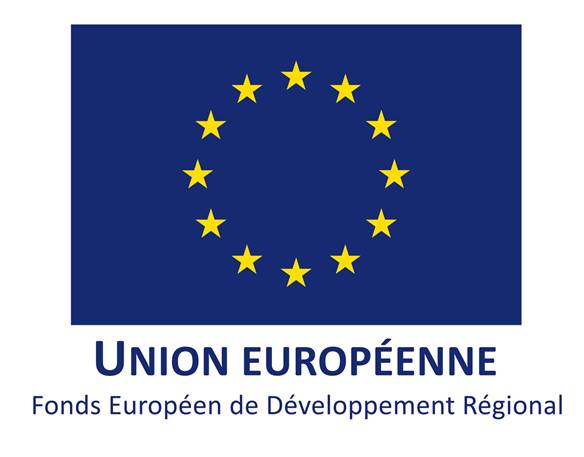
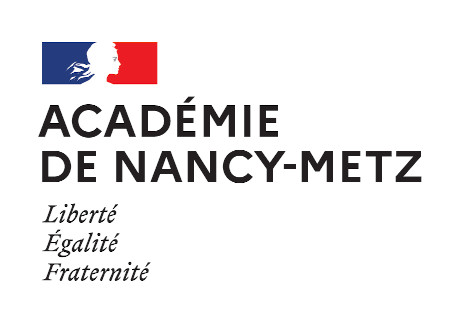
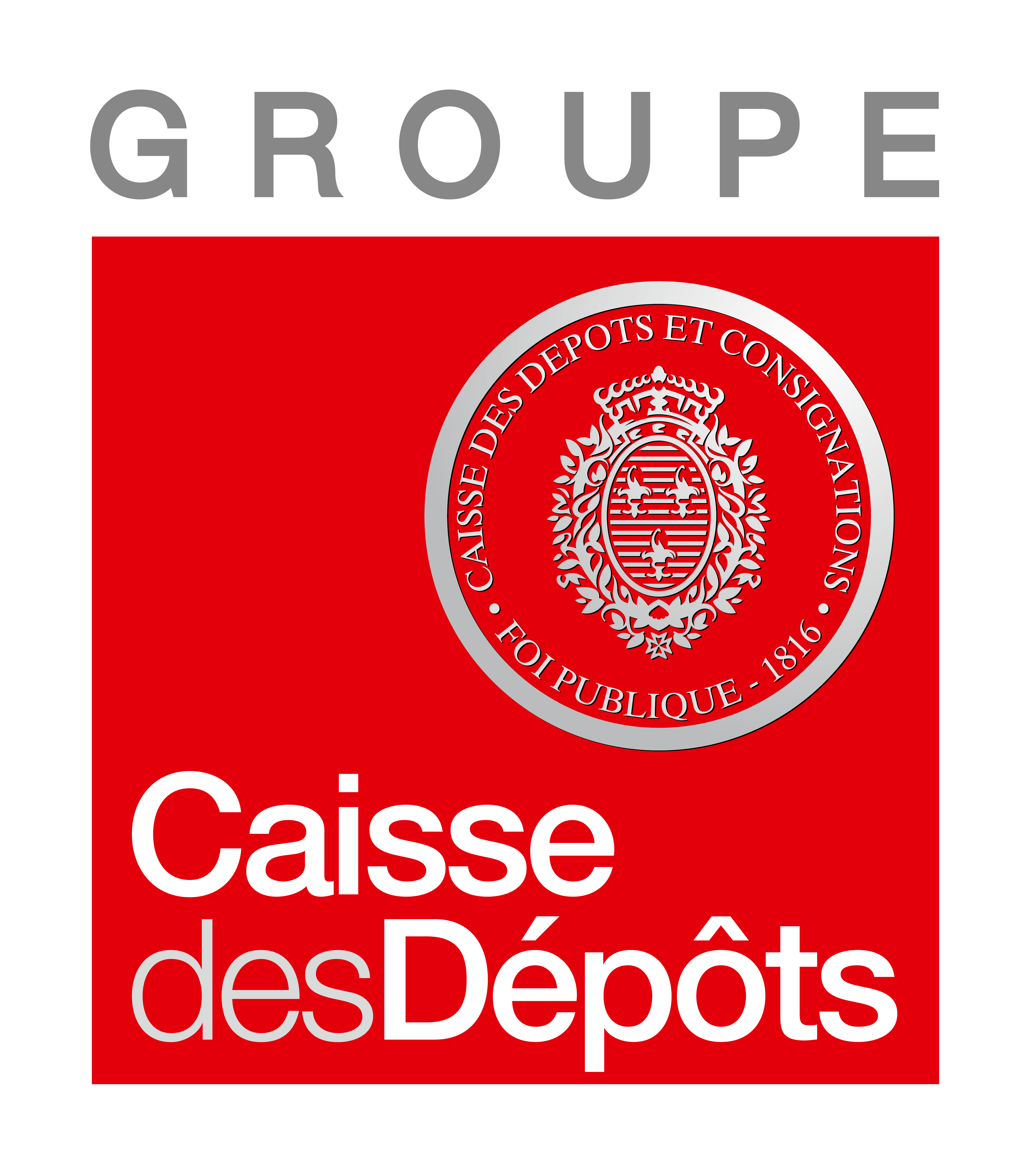
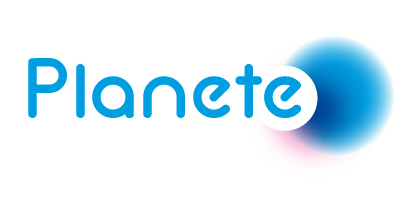
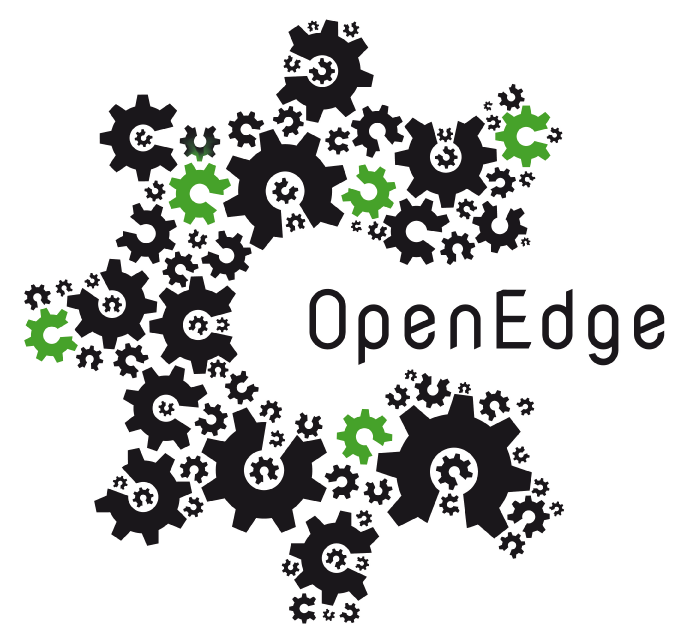
Important dates
Conference
April 13 to 16, 2021
Registration deadline
March 31, 2021
Early registrations
until March 22, 2021
Hackathon, Workshops
Doctoral Consortium
April 13, 2021
Reminders*
Long papersOctobre 15, 2020 (Abstract whith keywords)October 23, 2020 (Submission)
Workshops and workgroupsDecember 4, 2020
Doctoral consortiumJanuary 8, 2021
WIPJanuary 22, 2021
Industrials articles, Demos1st February, 2021
